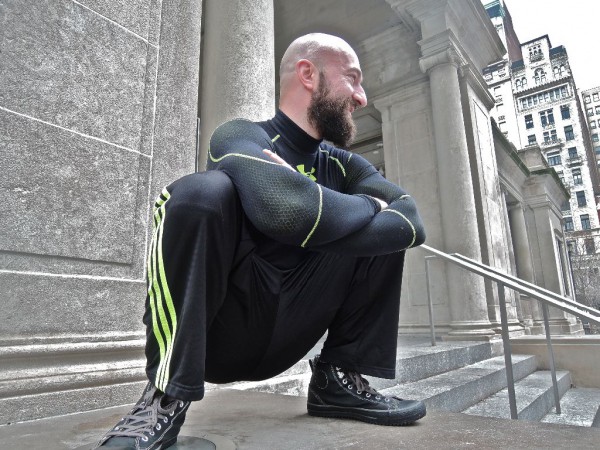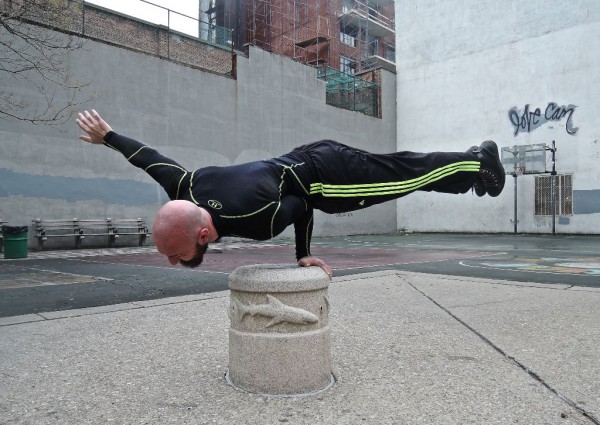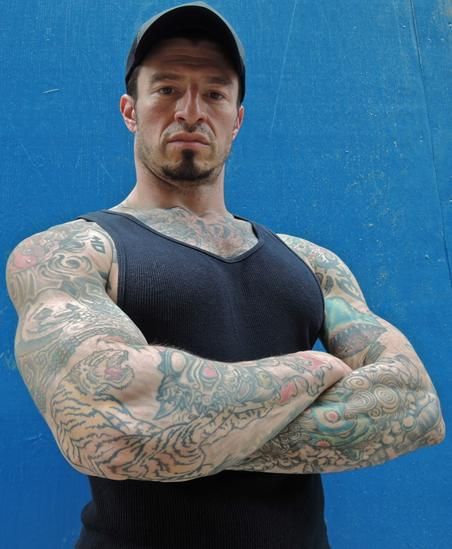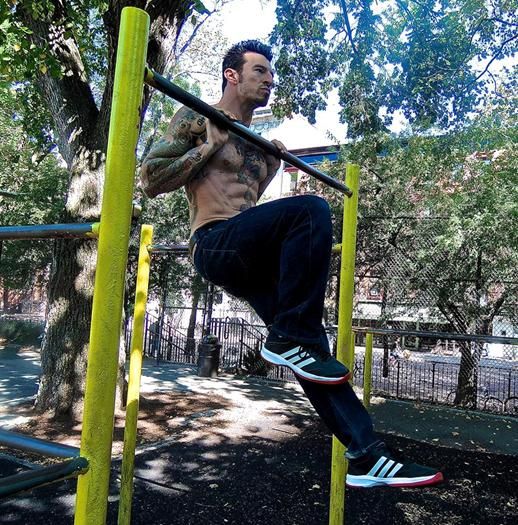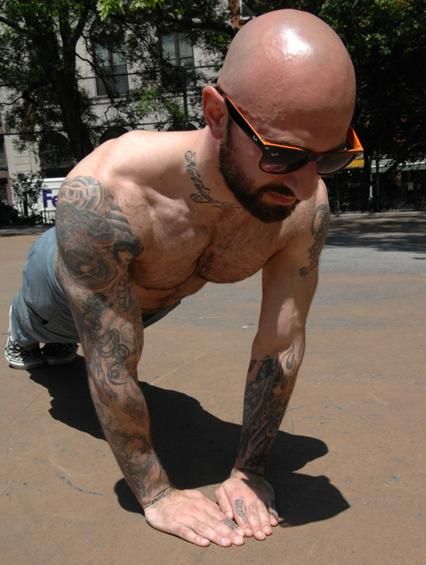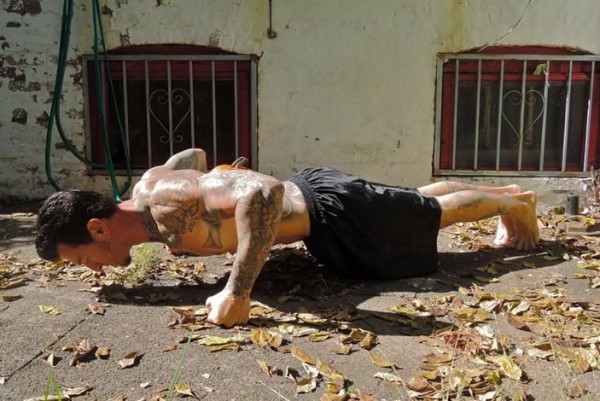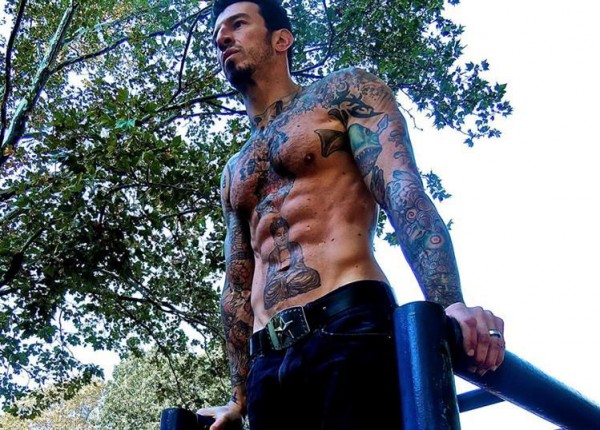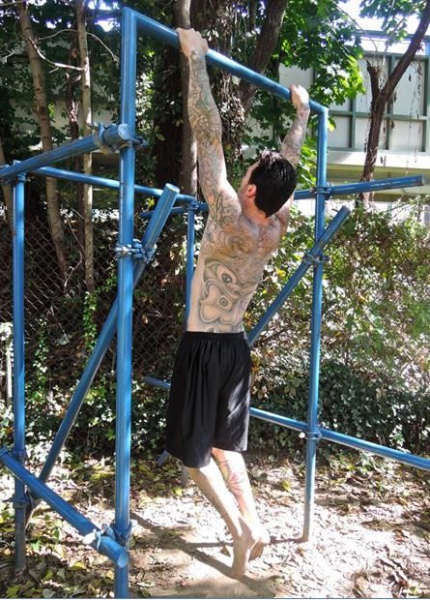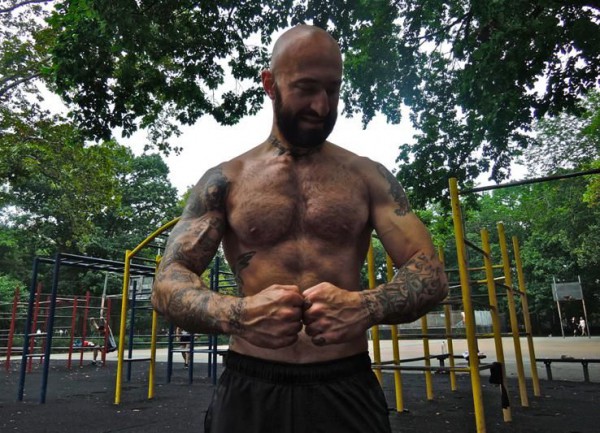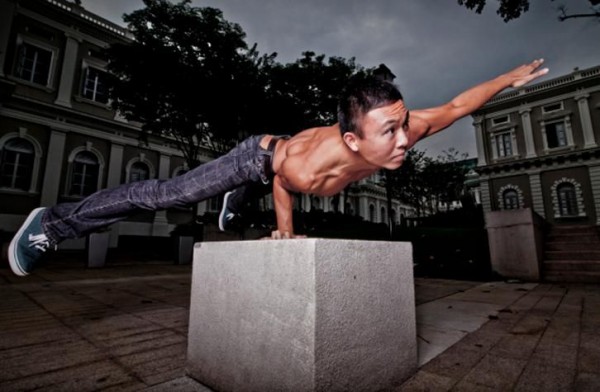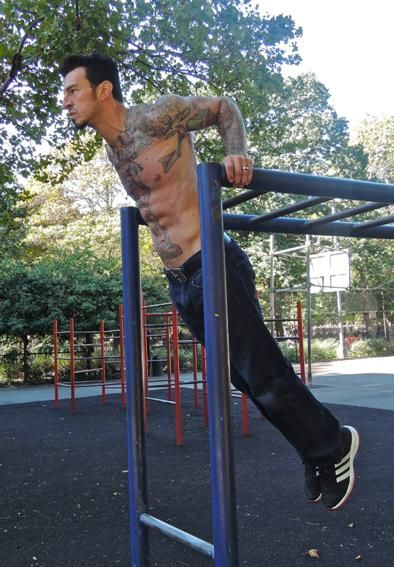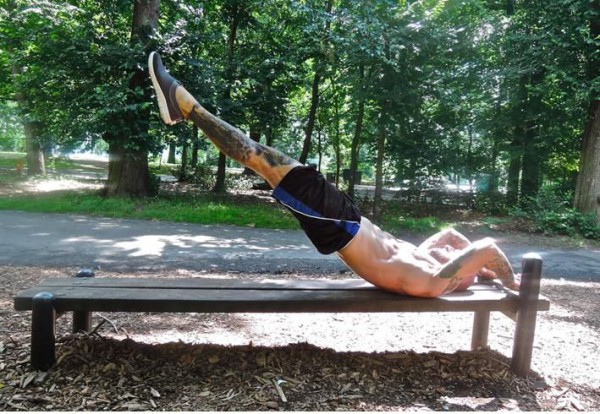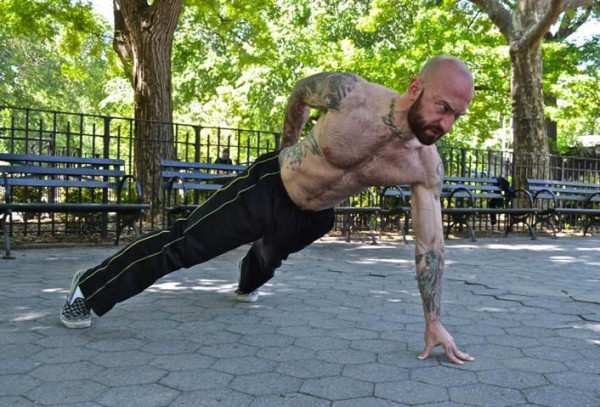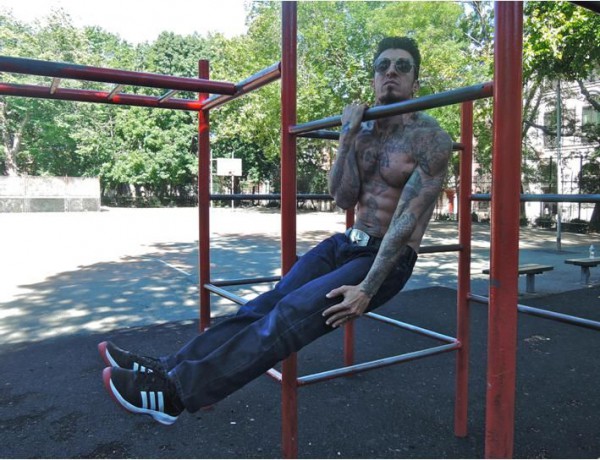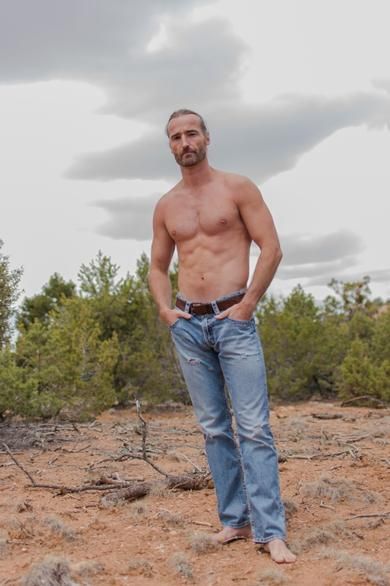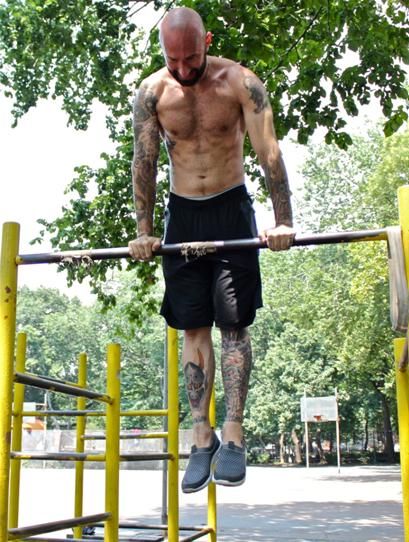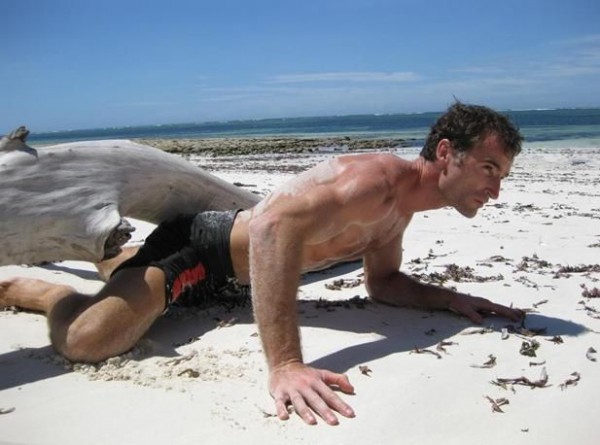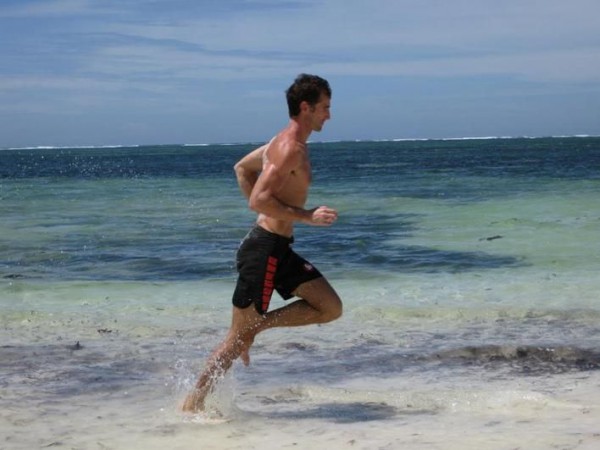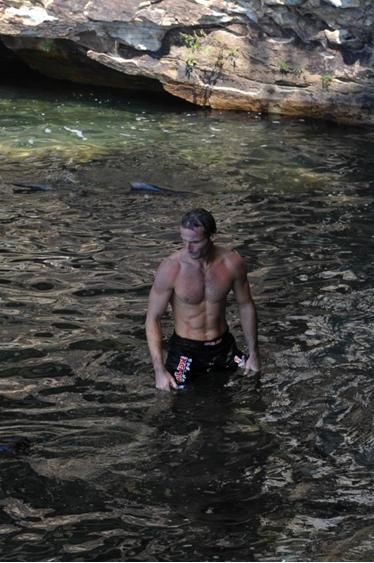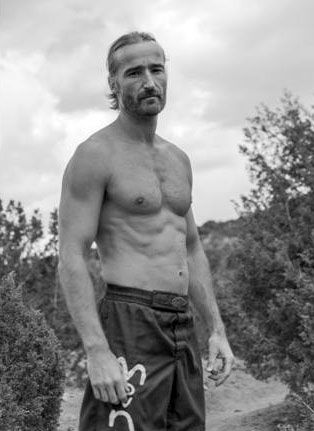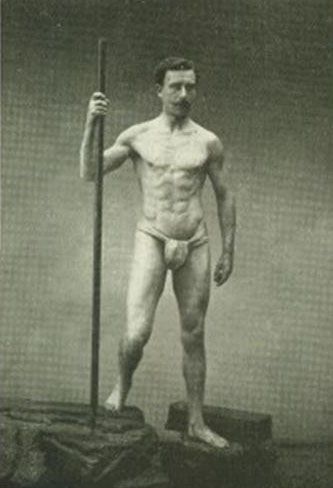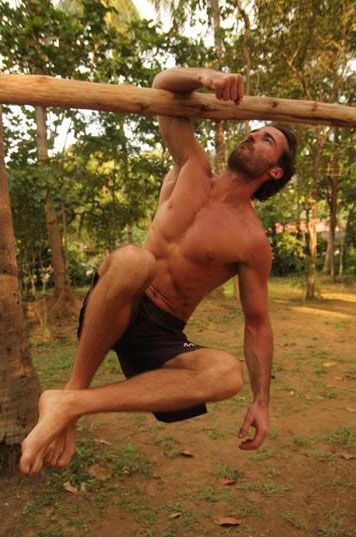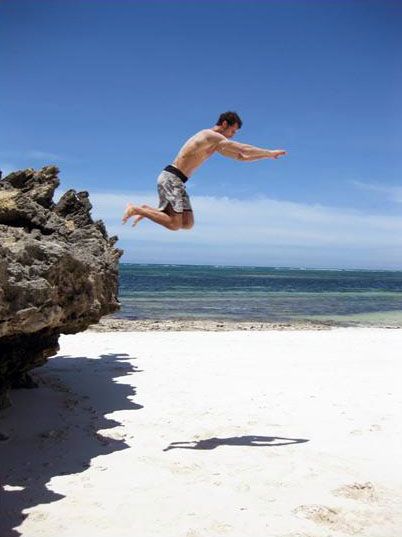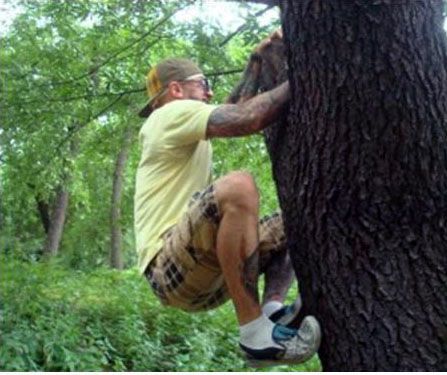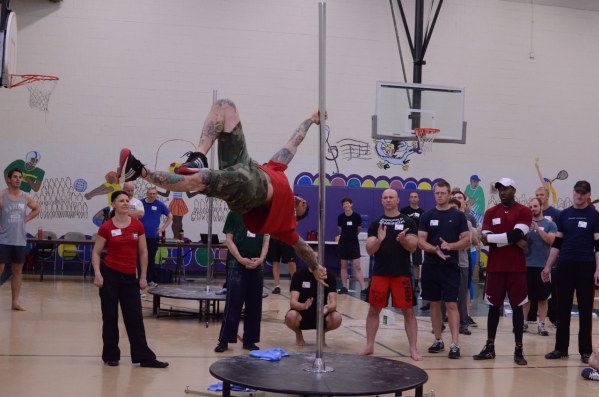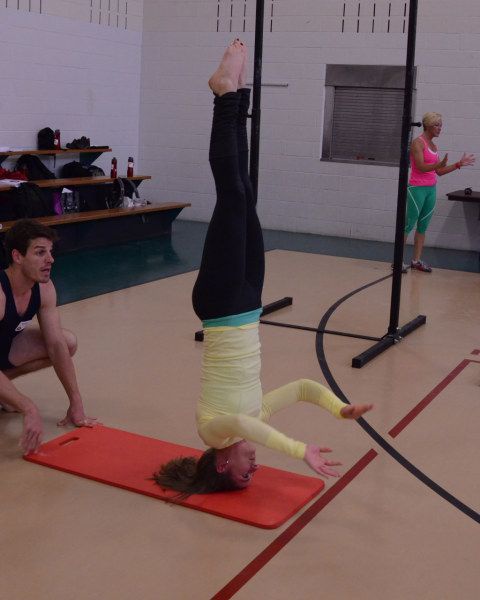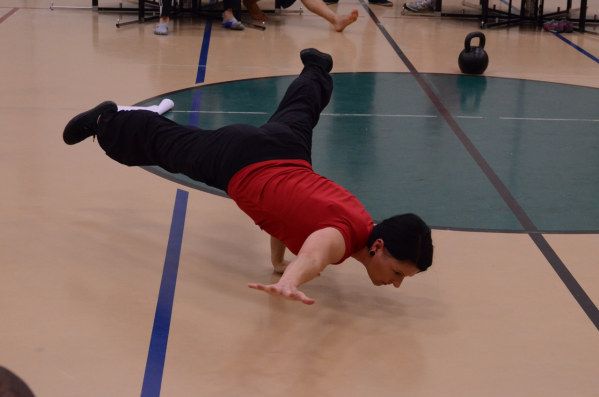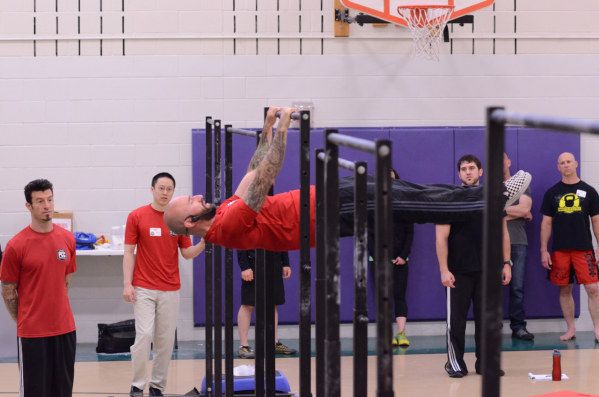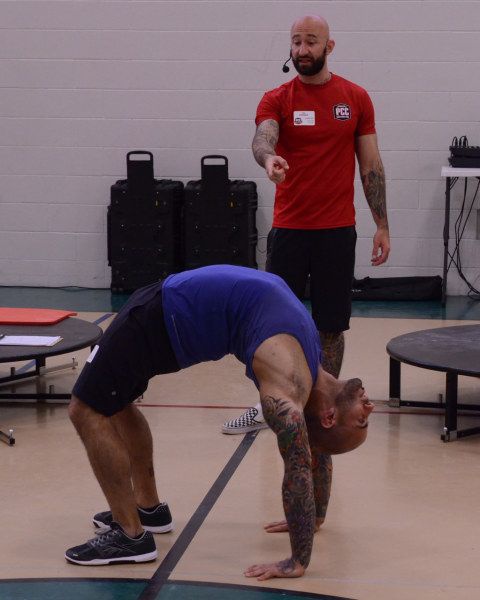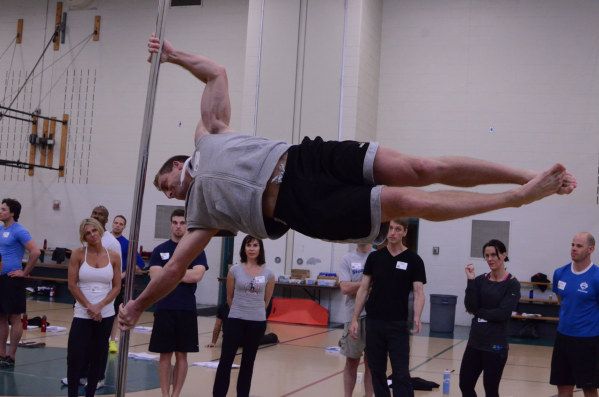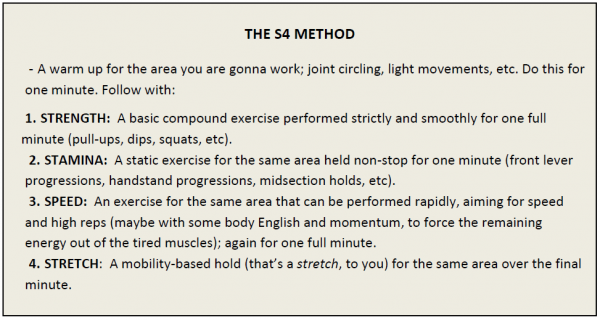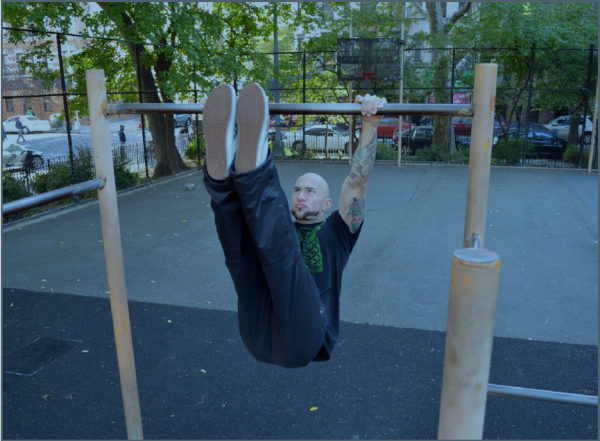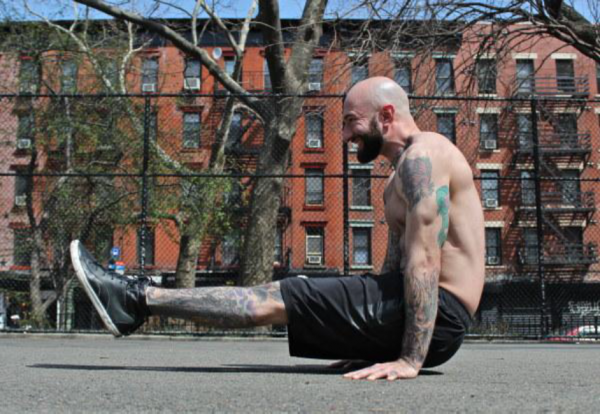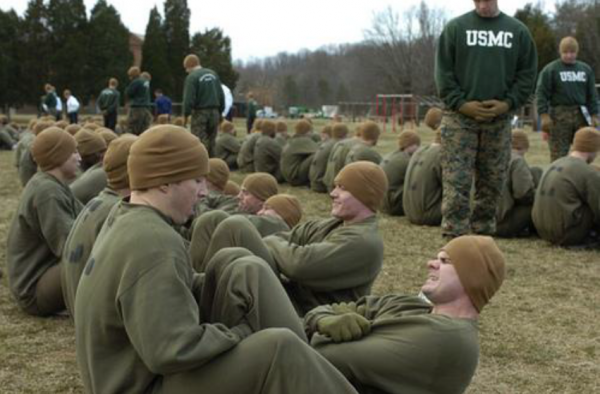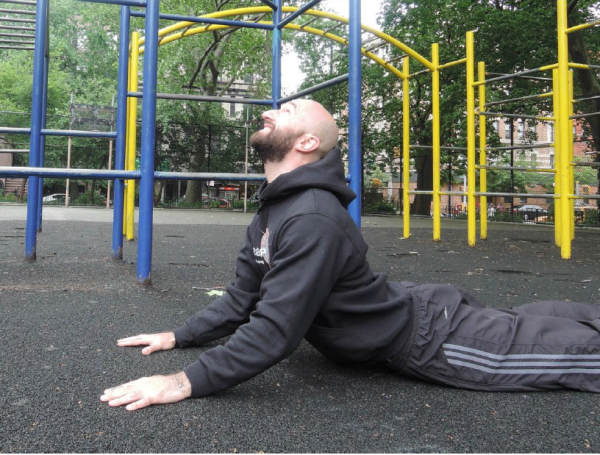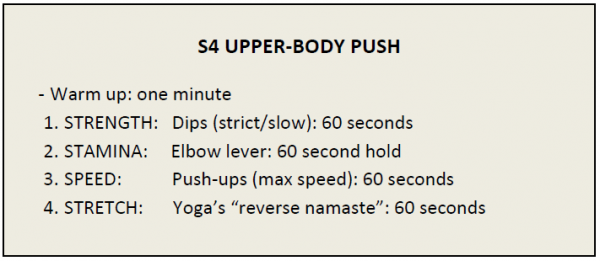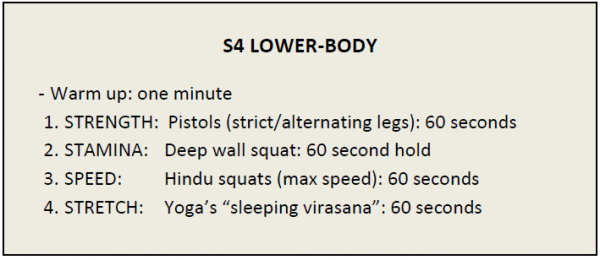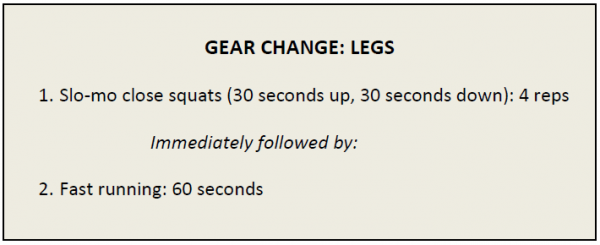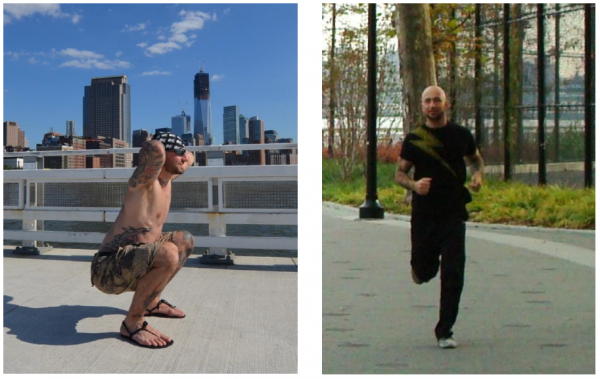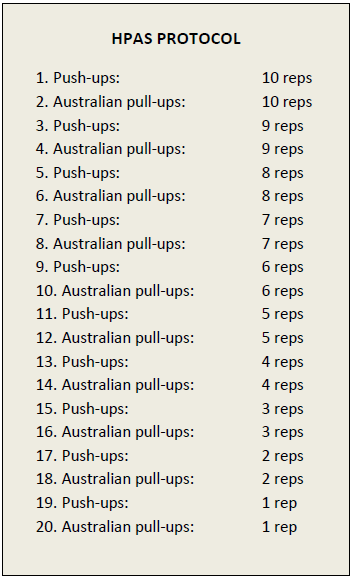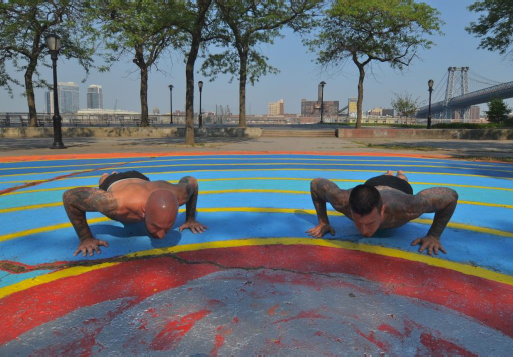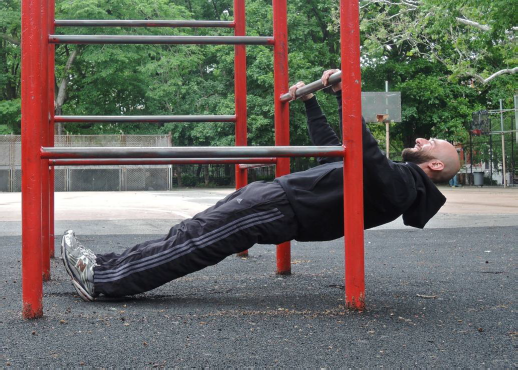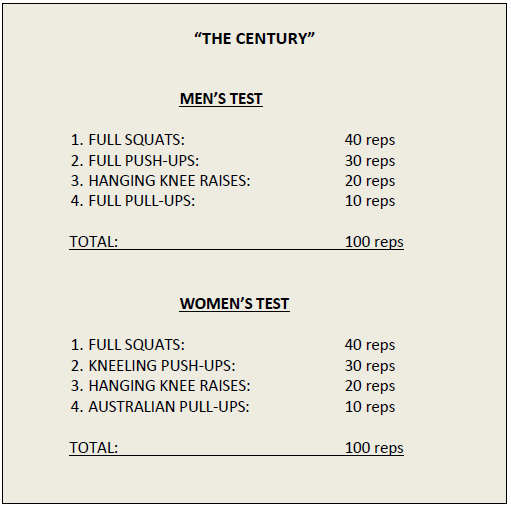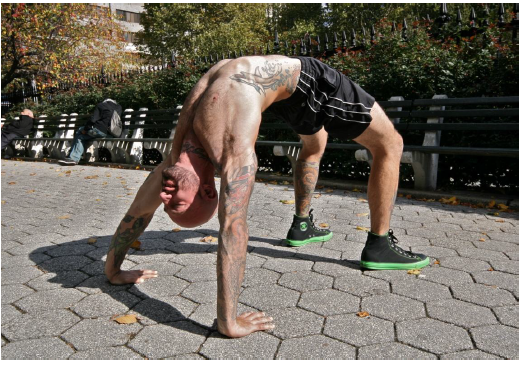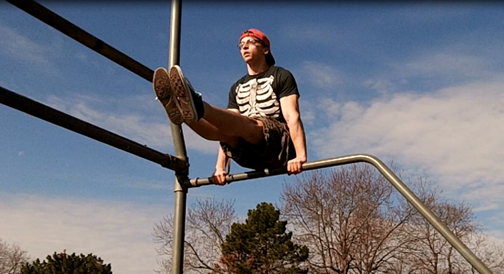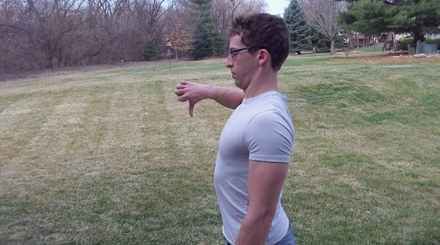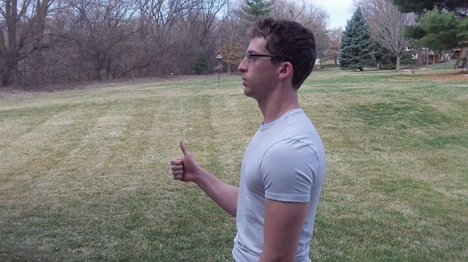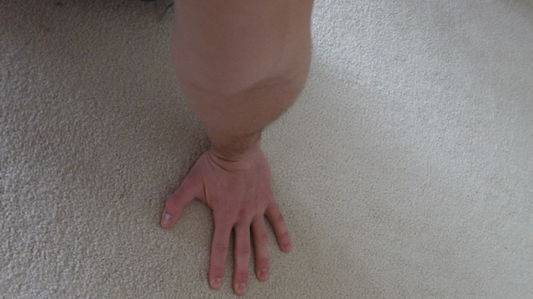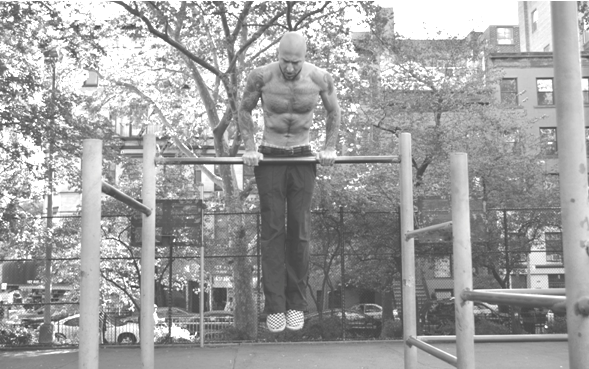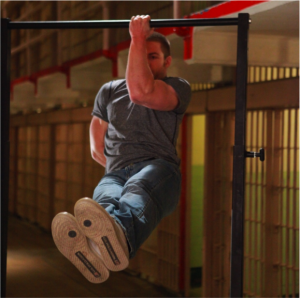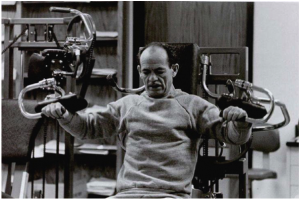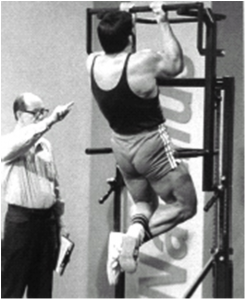The Progressive Calisthenics Certification made its mark on the fitness world in 2013 and I am very excited to have been a part of it. It’s almost hard to believe that this blog has been up and running for an entire year, yet on the other hand, it’s amazing to think that in such a small amount of time, the PCC has already grown into an international phenomenon. Next year, we will be holding PCC workshops in a half dozen different countries!
I am proud of every one of the nearly 50 posts we shared this year on the PCC blog, so it was hard to assemble this list. With that in mind, let’s take a look back at my top ten PCC blog posts of 2013 (in no particular order):
We’ll start with the most popular post this blog has ever seen, Paul Wade’s Ten Commandments of Calisthenics Mass.
And let’s not forget my counterpoint to that piece: Building Strength Without Mass.
My brother and fellow PCC Master Instructor Danny Kavadlo shared his personal experiences with Bodyweight Training.
PCC Team Leader Adrienne Harvey gave us her unique perspective on PCC Sweden.
A fantastic motivational piece from Dragon Door Founder and CEO John Du Cane on How to Be Successful at Anything.
Another classic post from Coach Wade, this time discussing the Tao of PCC.
PCC Team Leader Logan Christopher made a case for Curved Handstands.
PCC Senior Instructor Steven Low gave us this great piece on the Marriage of Bodyweight Methods.
PCC Team Leader Angelo Gala shared his Journey to the Back Lever.
And last but not least, this touching father and son calisthenics story from Peter D’Epiro.
Thanks to all of you who read this blog and support the PCC movement! I can’t wait to see what next year has in store for the PCC and the entire bodyweight strength training community.
We’re Working Out!
Al
***
About Al Kavadlo: Al Kavadlo is the lead instructor for Dragon Door’s Progressive Calisthenics Certification. Recognized worldwide for his amazing bodyweight feats of strength as well as his unique coaching style, Al is the author of three books, including Raising The Bar: The Definitive Guide to Pull-up Bar Calisthenics and Pushing The Limits! Total Body Strength With No Equipment. Read more about Al on his website: www.AlKavadlo.com.
